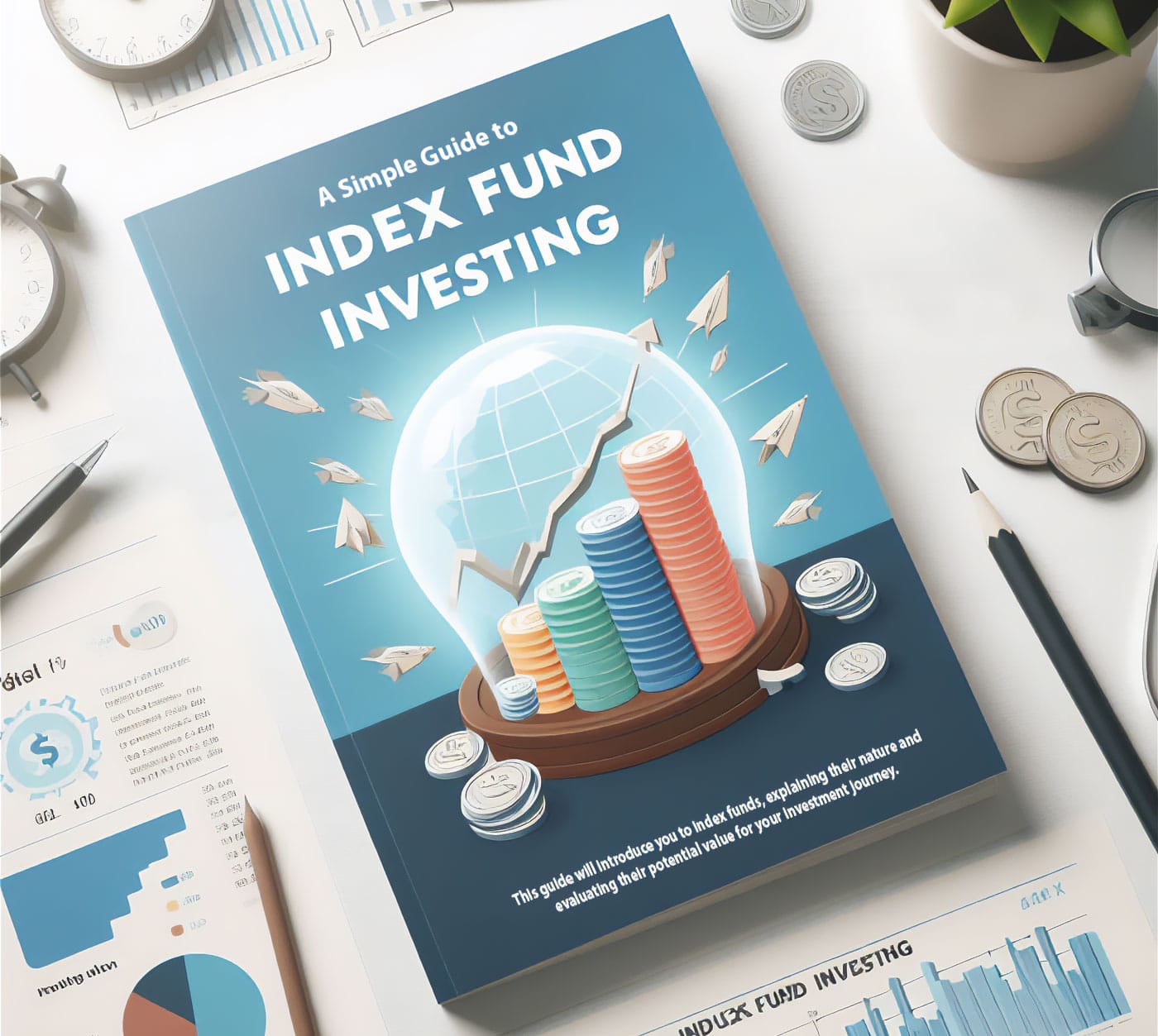So, is investing in dividends a wise choice that you should look into? Follow along to learn more about dividend growth investing and make an informed decision.
What Is Dividend Growth Investing?
Dividend growth investing involves buying shares of companies that pay dividends and consistently increase them over time.
This investment approach focuses on the sustainability and growth potential of dividends rather than immediate payouts or short-term growth.
What Is A Dividend?
These payments are typically made quarterly and issued as either cash or additional stock through a reinvestment plan.
Dividend-paying companies are also often well-established, with robust financial health and a history of profitability. This enables them to share profits with shareholders and raise dividends regularly.
The Benefits and Drawbacks of Dividend Growth Investing
The primary benefit of dividend growth strategies lies in their potential to provide you with a steadily increasing income stream that you can extract quarterly. That said, the main drawback is the overall slow rate of growth.
What we mean by this is that dividend-paying companies often have more mature business models, which can result in slower growth than companies that reinvest all their earnings back into expanding their operations. This can lead to lower capital appreciation over time.
So, here are some primary factors that you should consider before starting dividend growth investing:
Pros
Compounding returns. You can set your portfolio to reinvest dividends and purchase additional shares. This can exponentially increase the value of your investment over time with the power of compounding.
Reduced volatility. Dividend growers are typically less volatile than non-dividend-paying stocks. This provides you with a smoother investment journey.
Inflation protection. Companies that grow their dividends tend to do so at a rate that outpaces inflation. This helps you preserve the purchasing power of your income.
Cons
Concentration risk. Focusing all your eggs in one basket — dividend growth stocks can lead to a lack of diversification. This is especially true if your investments are concentrated in specific sectors traditionally known for high dividend payouts.
Tax implications. Dividends are subject to taxes, which can reduce the net income you receive from your investments. This is notably worse if you follow a higher tax bracket.
Market downturns. This can impact even the most stable companies, affecting their ability to increase dividends. Plus, a singular focus on dividend growth can lead to missed opportunities in high-growth sectors that don't pay dividends.
How to Identify Great Dividend Growth Stocks
Selecting the right dividend growth stocks is crucial to the success of this strategy. Here are some key factors to consider:
- Consistent dividend increase. Look for companies with a track record of consistently raising their dividends, typically for five years or more.
- Sustainable payout ratios. This is the percentage of earnings paid out as dividends, which ensures that the company can continue to raise dividends without sacrificing growth or financial stability.
- Strong financial fundamentals. Companies with solid balance sheets, steady revenue growth, and healthy cash flows are better positioned to increase dividends over time.
- Industry leadership. Leading companies in their sectors often have competitive advantages that allow for continued growth and dividend increases.
Building a Dividend Growth Portfolio
Creating a diversified portfolio of dividend growth stocks can get confusing really quickly. So, here are some strategies to help you build a robust portfolio:
- Diversify across sectors. To mitigate risk, make sure your portfolio spans various sectors, reducing exposure to sector-specific downturns.
- Reinvest dividends. Automatically reinvesting dividends can dramatically accelerate portfolio growth, leveraging the compounding effect.
- Monitor and review. Regularly review your portfolio to ensure your holdings continue to meet your dividend growth criteria. Also, be prepared to rebalance as needed.
- Think long-term. Dividend growth investing is a long-term strategy as the payouts are made quarterly every year. So, patience is key in helping you capitalize on the full potential of your investments.
Conclusion
Dividend growth investing is a powerful strategy that can offer a stable income and long-term growth potential. You can build a resilient portfolio designed for steady growth by focusing on companies with a consistent history of dividend increases and sustainable financial health.
That said, make sure you stick in for the long run, as dividend growth takes time for payouts. It’s not a fit for you if you’re looking to make a short-term investment, as dividends offer a slow yet stable income stream and decent capital appreciation.
Wishing you a prosperous and rewarding investing journey!








